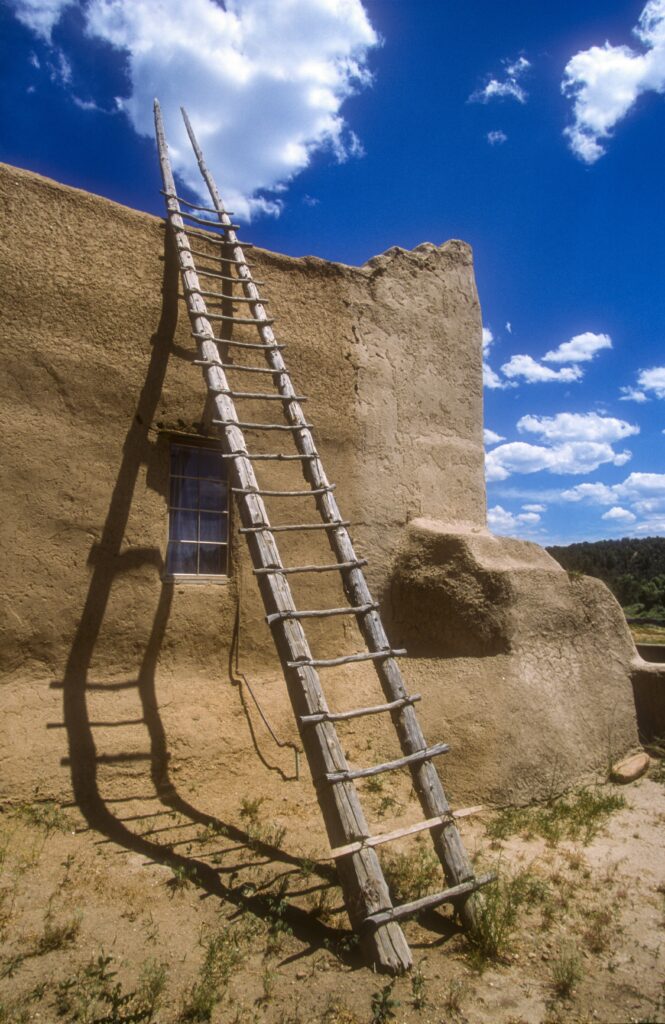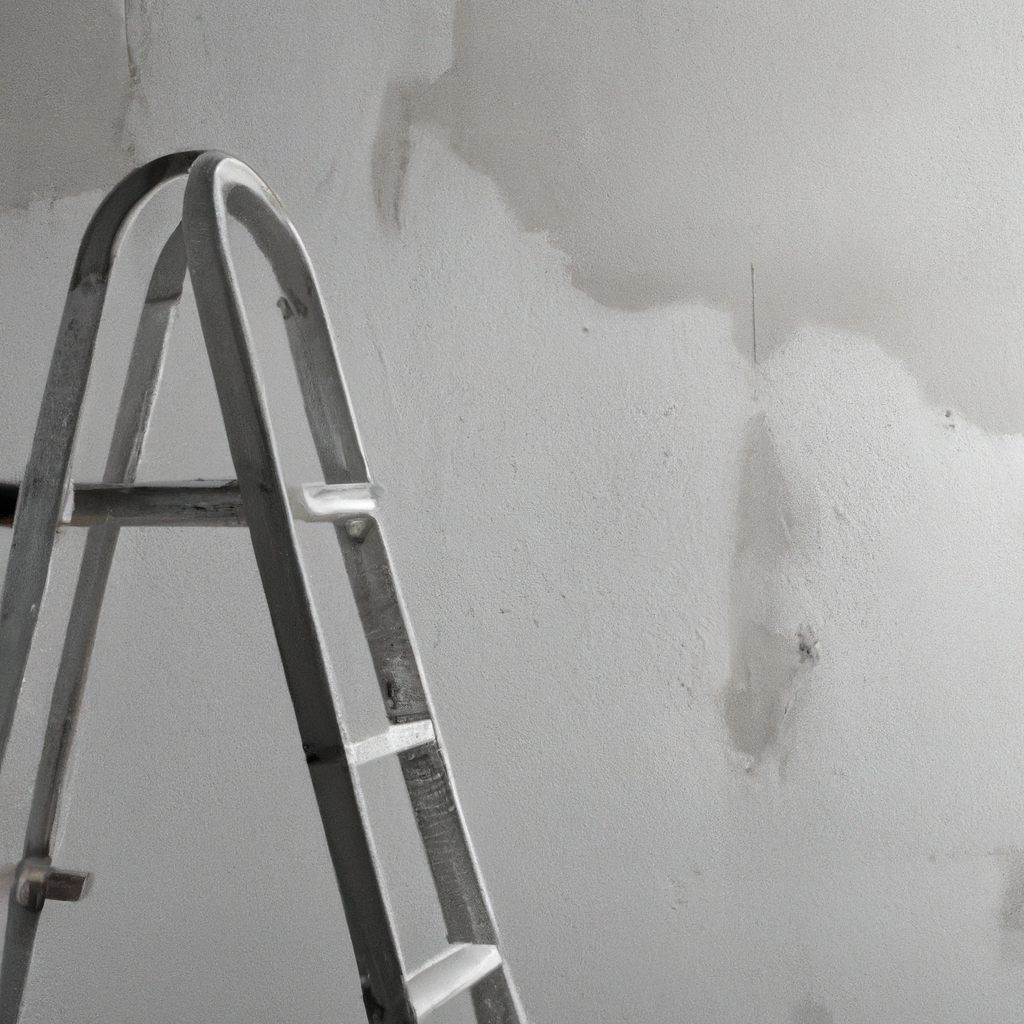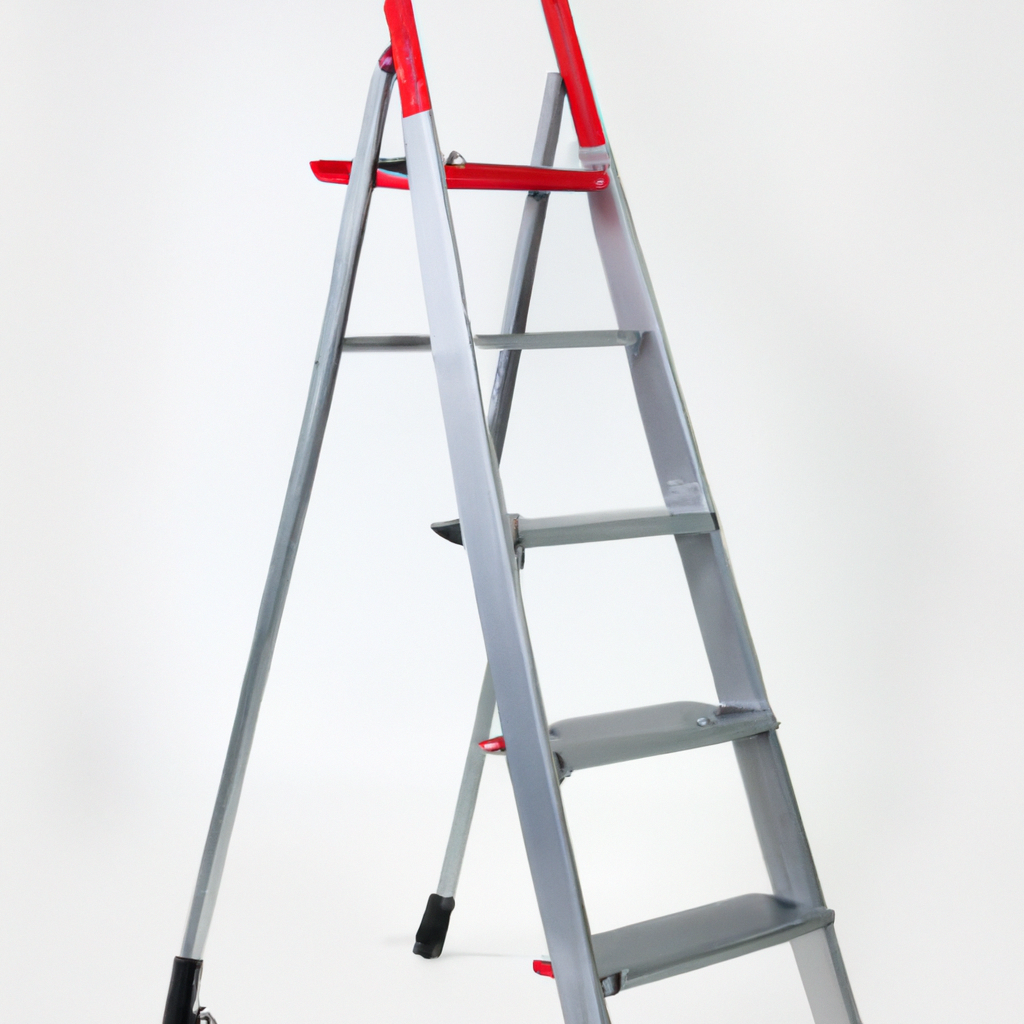
So, you’ve decided it’s time to tackle that painting project or those repairs around the house, but now you’re faced with a dilemma: how do you choose the right type of ladder for the job? Well, fear not, because in this article, we’re going to guide you through the process of selecting the perfect ladder to meet your needs. Whether you’re a DIY enthusiast or a professional contractor, we’ve got you covered with all the tips and information you need to make an informed decision. So let’s dive in and find the ladder that will help you reach new heights in your home improvement endeavors!

Consider Your Needs and Requirements
Assess the task at hand
Before selecting a ladder, it’s important to assess the specific task you need it for. Consider the height of the area you will be working on, as well as the type of work involved, such as painting or repairs. This will help you determine the type and size of ladder that will be most suitable.
Estimate the height requirements
One of the key factors in choosing the right ladder is determining the height requirements for your task. Measure the height of the area you need to access and ensure that the ladder you choose is tall enough to reach it safely. Remember to account for any additional height you may need to reach comfortably.
Evaluate the weight capacity
Another important consideration is the weight capacity of the ladder. It’s essential to choose a ladder that can safely support your weight, as well as any tools or equipment you may be carrying while working. Check the weight capacity of different ladder options to ensure they meet your requirements.
Determine the maximum reach required
In addition to the height requirements, consider the maximum reach you’ll need. Some tasks may require you to stretch beyond the highest point of the ladder, so it’s important to choose a ladder that provides the necessary reach for your specific needs. Keep in mind that leaning too far or overreaching can compromise your safety, so select a ladder that allows you to work comfortably within the required reach.
Understand Different Ladder Types
Step Ladders
Step ladders are a popular choice for tasks that require stability and support. They have a self-supporting A-frame design, with two sets of steps that are hinged at the top. Step ladders are convenient because they are freestanding and do not require any additional support. They are suitable for a variety of tasks, including painting, cleaning, and accessing higher shelves or cabinets. Consider the height requirements, as step ladders come in different heights. Also, ensure that the ladder you choose has a stable and sturdy base.
Extension Ladders
Extension ladders are designed to reach higher areas and are commonly used for tasks such as cleaning gutters, painting exteriors, or accessing rooftops. They consist of two or more sections that slide and lock into place, allowing for adjustable height. Extension ladders require a stable support surface, such as a wall or a secure object to lean against. They can be extended to reach greater heights and provide flexibility for various tasks. When choosing an extension ladder, consider the maximum height required and ensure that it has proper locking mechanisms for stability.
Fixed Ladders
Fixed ladders are permanently attached to a structure, such as a building or a staircase. They are commonly used for access to rooftops or platforms where frequent climbing is required. Fixed ladders are typically made of metal and provide a safe and secure means of reaching elevated areas. However, they are not suitable for all tasks and may not be adjustable in height. Consider the specific requirements of your task before choosing a fixed ladder.
Platform Ladders
Platform ladders are a combination of a step ladder and a small platform. They offer a large standing area and handrails for added stability and safety. Platform ladders are ideal for tasks that require a longer working time, as they provide a comfortable platform to stand on. They are commonly used in warehouses, factories, and other industrial settings. When selecting a platform ladder, ensure that it has a secure and stable platform, as well as proper handrails for support.
Step Ladders
Features and benefits
Step ladders offer stability and support with their self-supporting A-frame design. They are freestanding and do not require additional support. Step ladders have a wide base, providing stability and a large standing area. They often come with built-in tool trays or holders for added convenience during tasks. Step ladders are versatile and suitable for a range of tasks, including painting, cleaning, and accessing higher shelves or cabinets.
Suitable for
Step ladders are suitable for both indoor and outdoor use. They are commonly used in homes, offices, and construction sites. Step ladders are ideal for tasks that require stability and support, such as painting walls, changing light fixtures, or reaching items on high shelves.
Considerations
When choosing a step ladder, consider the height requirements of your task. Step ladders come in different heights, so select one that will allow you to reach the desired area comfortably. Additionally, ensure that the ladder is stable and has non-slip feet for added safety. Check the weight capacity of the step ladder to ensure it can support both your weight and any tools or equipment you may be using.
Extension Ladders
Features and benefits
Extension ladders are adjustable in height, making them suitable for tasks that require reaching higher areas. They are easily extendable and usually feature a locking mechanism to ensure stability when fully extended. Extension ladders are lightweight and portable, making them convenient for transportation and storage. They provide flexibility in accessing various heights and can be used for tasks such as painting exteriors, cleaning gutters, or reaching rooftops.
Suitable for
Extension ladders are commonly used in residential and commercial settings. They are suitable for tasks that involve working at heights, such as maintenance and repair work, window cleaning, or construction projects. Extension ladders provide versatility and can be adjusted to meet specific height requirements.
Considerations
When selecting an extension ladder, consider the maximum height you need to reach. Ensure that the ladder has secure locking mechanisms that will hold it in place at the desired height. Check the weight capacity of the ladder to ensure it can safely support you and any equipment you may be carrying. It’s also important to have a stable surface to lean the ladder against or use stabilizers to prevent it from slipping or wobbling during use.

Fixed Ladders
Features and benefits
Fixed ladders provide a permanent solution for accessing elevated areas. They are typically made of metal and are securely attached to a structure, such as a building or a staircase. Fixed ladders offer a safe and stable means of climbing and descending heights on a regular basis. They are durable and designed to withstand heavy use. Fixed ladders also provide a vertical climb with a secure and reliable grip, ensuring safety during use.
Suitable for
Fixed ladders are commonly used in industrial, commercial, and residential settings where frequent vertical access is required. They are ideal for accessing rooftops, platforms, or mezzanine levels. Fixed ladders are suitable for tasks that involve climbing and require a sturdy and permanent solution.
Considerations
Before considering a fixed ladder, assess the specific requirements of your task. Fixed ladders are not adjustable in height, so ensure that the ladder will reach the desired area comfortably. It’s important to install fixed ladders correctly, ensuring proper attachment to the structure and compliance with safety regulations. Regular inspection and maintenance should be carried out to ensure the ladder remains in safe and working condition.
Platform Ladders
Features and benefits
Platform ladders provide a combination of a step ladder and a small platform, offering a large standing area for extended work. They often come with handrails for added stability and safety. Platform ladders have a secure platform that allows for a more comfortable and longer working duration. They are designed to provide stability, support, and ease of movement during tasks.
Suitable for
Platform ladders are commonly used in industrial settings, warehouses, factories, and other environments where extended work duration is required. They are suitable for tasks that involve repetitive or longer tasks, such as maintenance work, inventory management, or installing equipment at elevated heights.
Considerations
When selecting a platform ladder, consider the stability and security of the platform. Ensure that it has handrails for added support and safety. Check the weight capacity of the ladder to ensure it can safely support you and any equipment. It’s important to use platform ladders on stable surfaces and follow safety guidelines to prevent accidents or injuries.

Consider Safety Features
Stability and base design
Safety should be a top priority when choosing a ladder. Stability is crucial to prevent accidents and ensure your safety while working at heights. Look for ladders with a wide and stable base design, as well as non-slip feet that provide traction on various surfaces. Consider the overall sturdiness and construction of the ladder to ensure it can withstand the weight and movement during use.
Locking mechanisms and safety locks
Check the ladder’s locking mechanisms and safety locks to ensure they are secure and reliable. These features are essential for maintaining the ladder’s stability and preventing accidental collapse or retraction. Look for ladders with easy-to-use locking mechanisms that securely hold the ladder in place when extended or positioned.
Anti-slip features
Choose ladders with anti-slip features to provide additional safety while climbing and working at heights. Look for steps or rungs with anti-slip surfaces, as well as non-slip grips on any handrails or handles. These features help to minimize the risk of slipping or losing footing, especially when the ladder is exposed to moisture or dirt.
Evaluate the Material
Aluminum Ladders
Aluminum ladders are lightweight, making them easy to transport and maneuver. They are rust-resistant and suitable for both indoor and outdoor use. Aluminum ladders are durable and offer good strength-to-weight ratio. They are ideal for tasks that require frequent moving and setting up, such as painting or cleaning. However, aluminum ladders are not suitable for tasks involving electrical work, as they conduct electricity.
Fiberglass Ladders
Fiberglass ladders are non-conductive, providing an extra level of safety when working around electricity. They are durable, weather-resistant, and suitable for outdoor use. Fiberglass ladders offer excellent strength and stability, making them suitable for heavy-duty work or tasks that require working at heights for extended periods. They are heavier than aluminum ladders but provide superior insulation properties.
Wooden Ladders
Wooden ladders are a traditional option that provides a natural aesthetic. They are strong, sturdy, and have a classic appeal. Wooden ladders are suitable for indoor use, especially for tasks that require accessing high shelves or storage areas. However, wooden ladders may not be as durable as aluminum or fiberglass ladders and require regular maintenance to prevent rotting or weakening of the wood.

Aluminum Ladders
Features and benefits
Aluminum ladders are lightweight and easy to carry and set up. They provide strength and stability while being resistant to rust and corrosion. Aluminum ladders have a high strength-to-weight ratio, making them durable without being overly heavy. They are suitable for both indoor and outdoor use, making them versatile for various tasks.
Suitable for
Aluminum ladders are ideal for tasks that require frequent moving or setting up. They are commonly used for painting, cleaning gutters, or performing general maintenance. Aluminum ladders are also convenient for household use, such as reaching high shelves or changing light bulbs.
Considerations
Although aluminum ladders are lightweight and easy to use, they are not suitable for tasks that involve electrical work. Aluminum is a conductor of electricity, so it is important to choose a ladder made of non-conductive materials, such as fiberglass, when working near power lines or electrical systems. Additionally, check the weight capacity and ensure it can comfortably support your weight and any additional tools or equipment you may be carrying.
Check for Certifications and Safety Standards
ANSI certification
The American National Standards Institute (ANSI) is a reputable organization that sets safety standards for various products, including ladders. Look for ladders that are ANSI certified, as this ensures they meet the necessary safety and performance requirements.
OSHA compliance
The Occupational Safety and Health Administration (OSHA) is a regulatory body that establishes safety regulations in the workplace. OSHA compliance is essential, especially for ladders used in commercial or industrial settings. Ensure that the ladder you choose meets OSHA standards to promote a safe working environment.
EN 131 certification
The EN 131 certification is a European standard for ladders, covering safety requirements and testing procedures. While not mandatory in all regions, the EN 131 certification provides an additional level of assurance regarding the ladder’s safety and performance.
By considering your needs and requirements, understanding different ladder types, evaluating safety features, and assessing material options, you can choose the right ladder for your painting or repair tasks. Remember to prioritize safety and ensure that the ladder meets relevant certifications and standards. With the right ladder, you can work confidently and efficiently, knowing that you have made the best choice for your specific needs.
